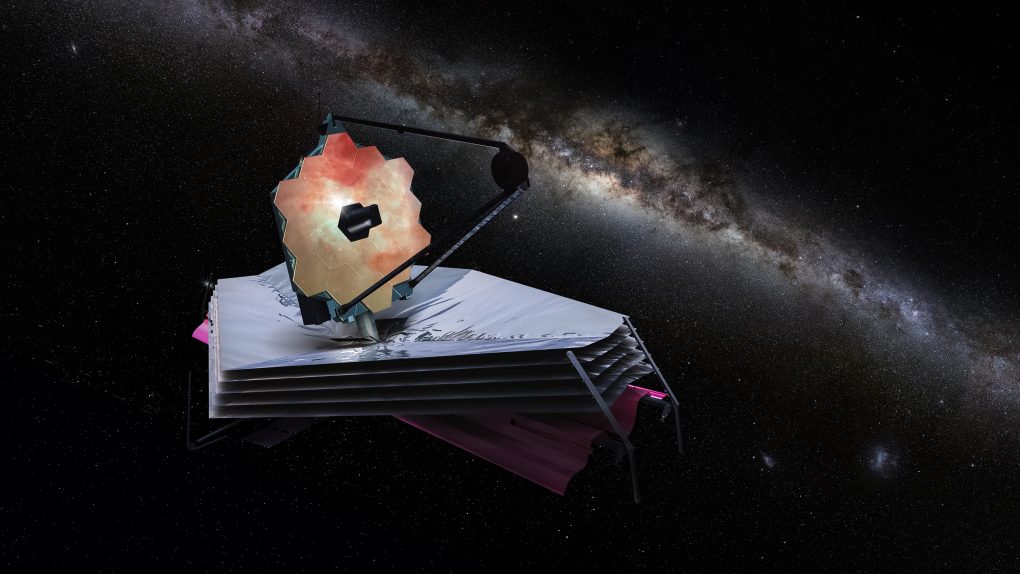After months of waiting, NASA has finally revealed the James Webb telescope’s first full-color images. And the results are better than we ever could have hoped for. They show in awe-inspiring detail photos of our early universe, the sharpest and deepest images ever recorded, black holes, and our galaxy’s evolution.
NASA drops James Webb’s telescope first full-color images

Last week, NASA revealed the targets for the James Webb telescope’s first full-color images. This list came months after the telescope had reached its final destination and began preparing for its scientific missions.
Now, though, NASA has finally started releasing the first images, as well as spectrum research of an exoplanet known as WASP-96 b.
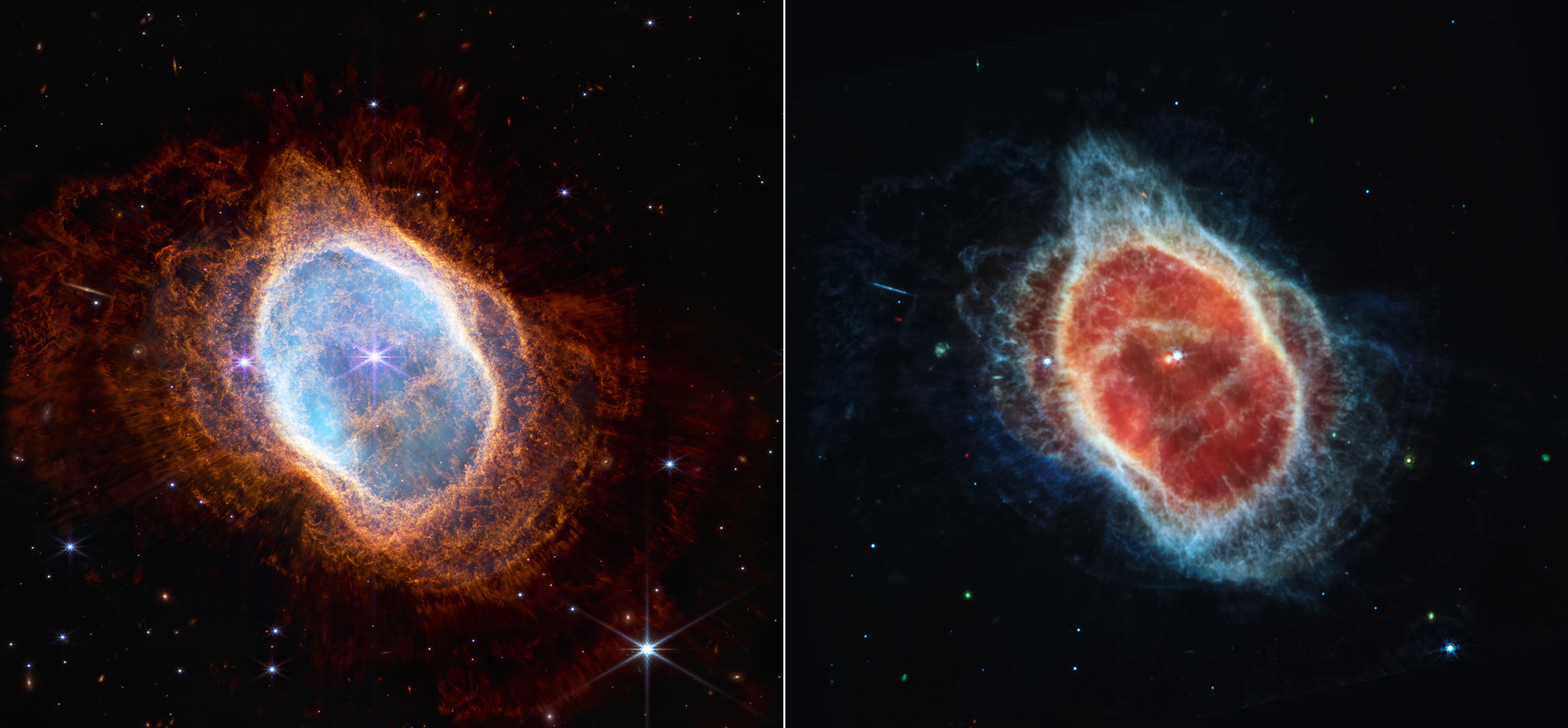
On Monday, a day before the event, NASA and President Biden joined together to showcase the first image. Titled “Webb’s First Deep Field”, the image is of a galaxy cluster known as SMACS 0723. The image is absolutely overflowing with details, and you can even see the gravitational lensing around SMACS 0723.
Additionally, NASA also released spectrum details of WASP-96 b, an extraordinary exoplanet located more than 1,000 light-years from Earth. As part of James Webb’s first full-color images, the spectrum gives us our first breakdown of an exoplanet in full detail.
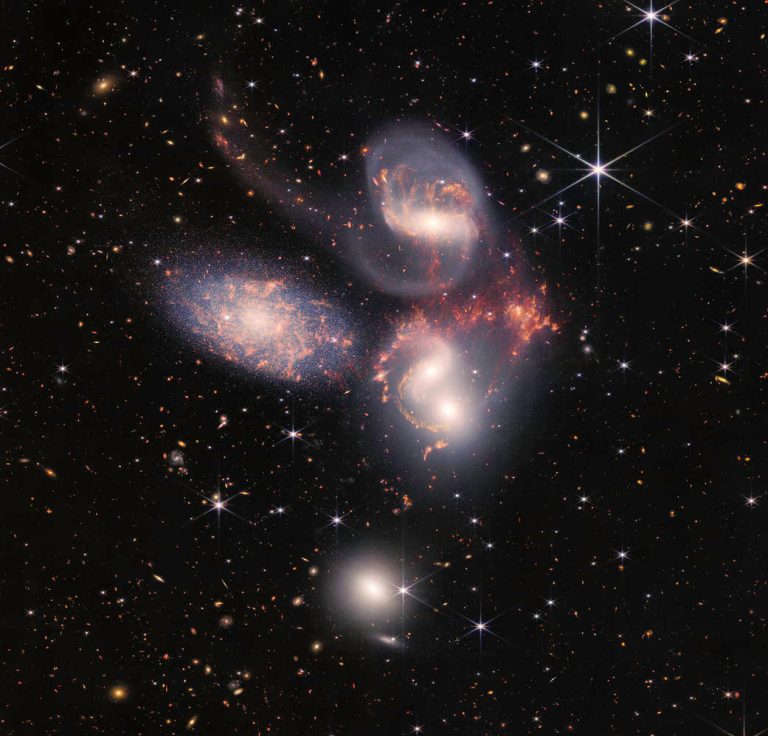
The next images captured by Webb include a detailed capture of the Carina Nebula, the Southern Ring Nebula, and Stephan’s Quintet. The images themselves are absolutely beautiful, and unlike anything we’ve ever seen before. If this is what James Webb is capable of, then we’re in for a treat as the telescope continues to do its work.
You can see all the new images that James Webb captured and learn more about them on NASA’s website.
What’s next for NASA’s new telescope?
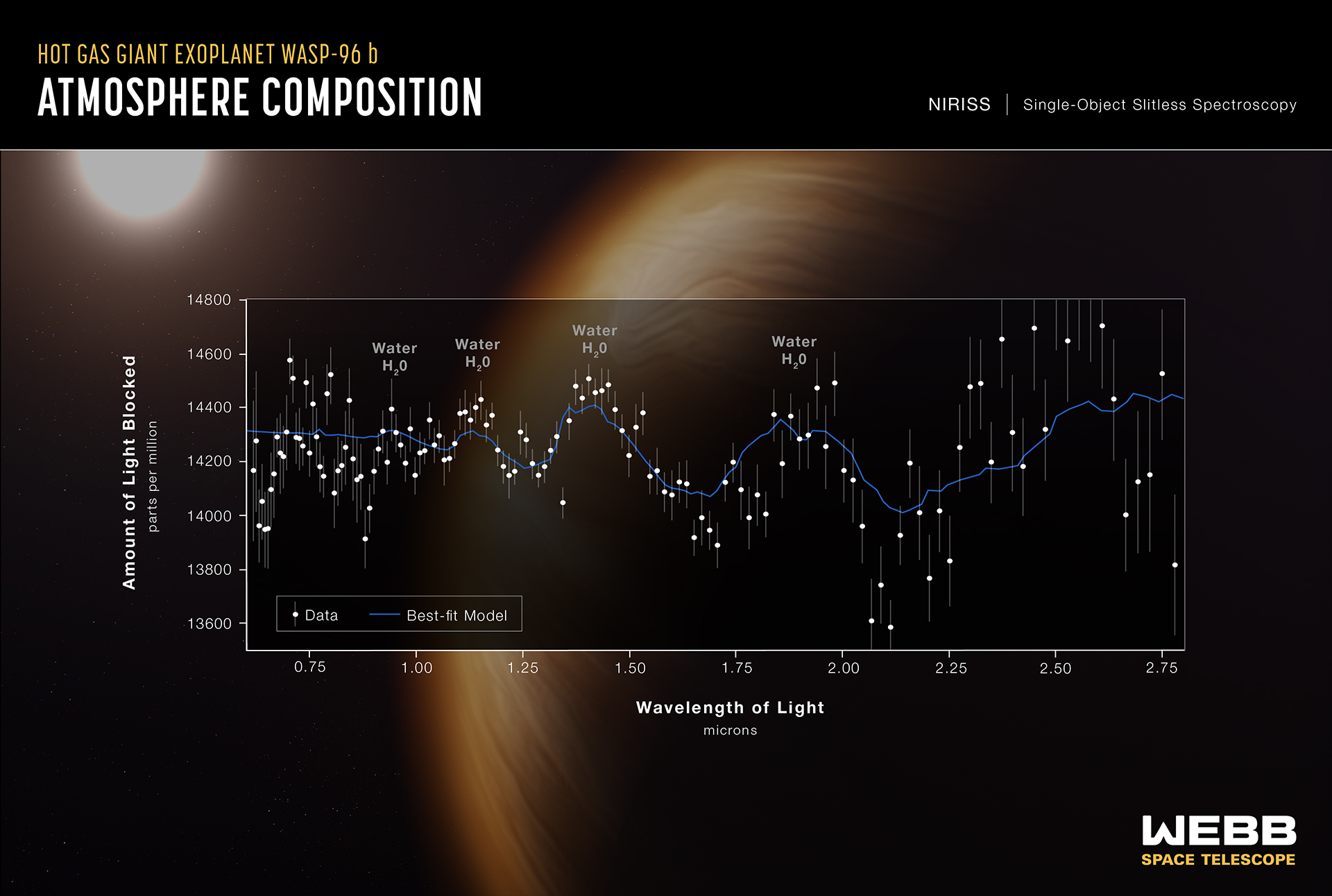
NASA has a list of missions set aside from James Webb, and like NASA’s other telescopes and spacecraft, the missions will continue to observe the early universe. Plenty of scientists have already put bids for James Webb’s time, so it’s only a matter of time until James Webb’s first full color images become a much larger collection.
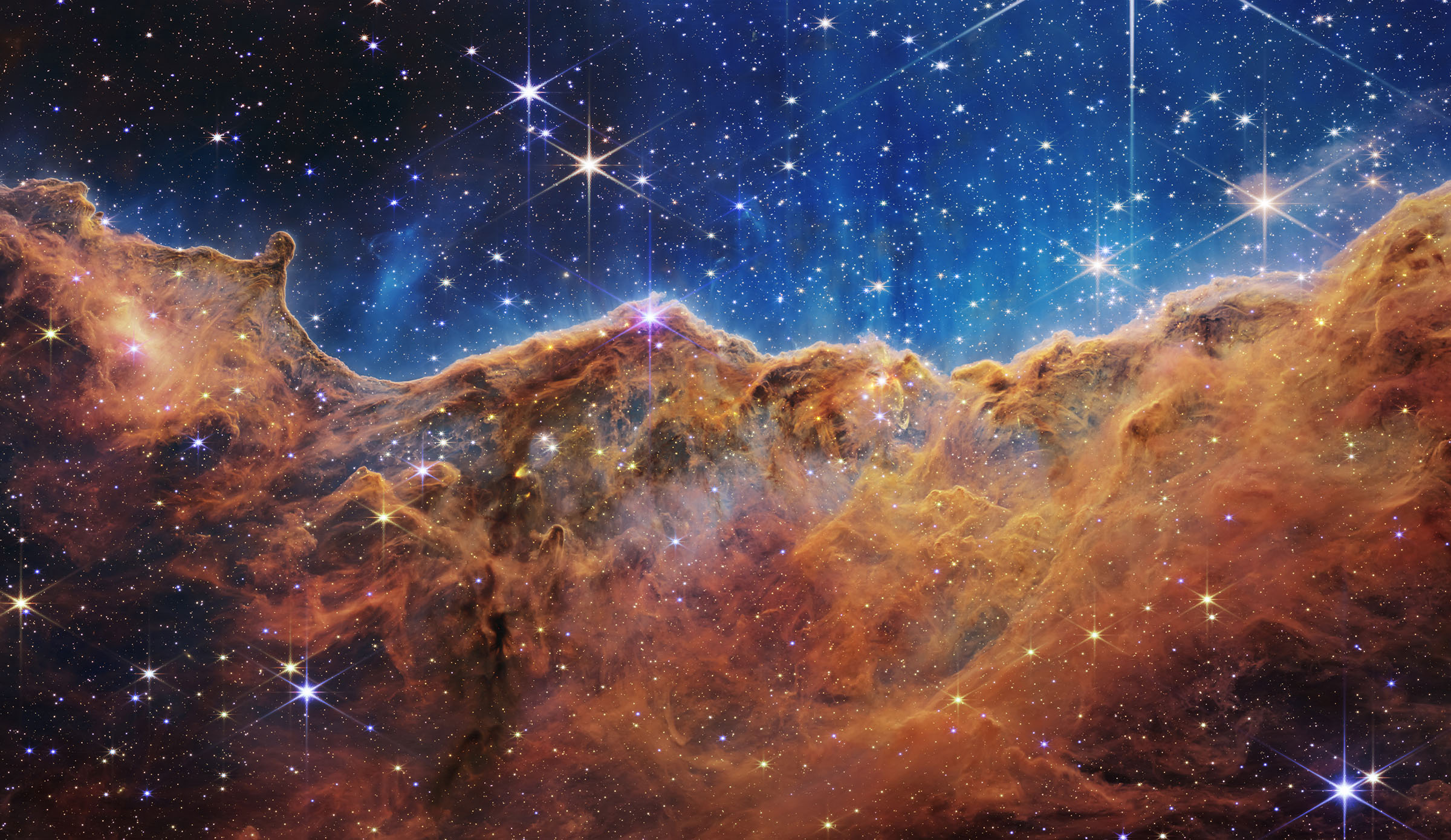
And those images are going to tell us a lot. They’re going to help give us a better understanding of the early universe, how black holes formed, and other things. NASA hasn’t shared when we can expect the next images from James Webb to drop. But, if Hubble’s past releases are anything to go by, we should expect plenty of future images from the new telescope.
